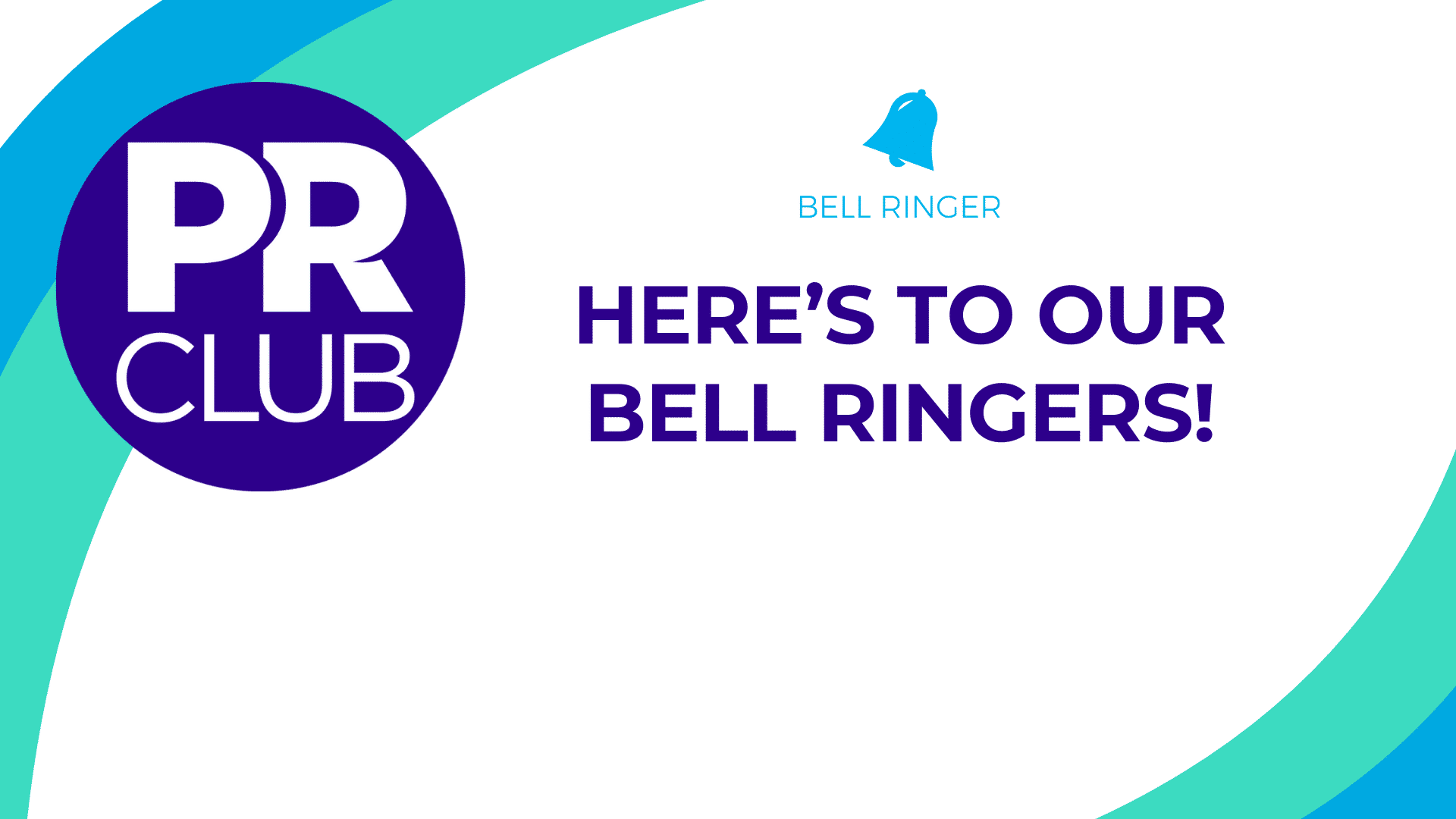In today’s digital world, it’s becoming increasingly easier for individuals to establish themselves as “subject matter experts.” But when executives truly want to enhance their position in an industry, a successful thought leadership campaign can have a lasting impact.
Building trust, showing expertise, and reinforcing authenticity are essential components of a thought leadership plan. Effective thought leadership is not about self-promotion. It’s about focusing on the executive being a genuine resource who provides actionable content. To that end, be sure your client provides opportunities for real discussions with the audience and avoids a one-sided pontification. Start a dialogue without talking at or down to the audience.
We must also think beyond having our clients quoted in a press release to truly build up their visibility. It’s necessary to expand our thinking beyond executive profiles too – try thinking like a journalist! What ideas are new and different? What hasn’t been said yet? Is there an unknown outlet with an up and coming following we can utilize?
Essentially we want to build up someone’s visibility as a leader and/or visionary. How do we do that? It’s important to have something interesting to say and find the right balance between relationship building and seeking ink or commentary.
What does thought leadership look like?
Setting specific objectives is key for meeting long-term thought leadership goals. We must be realistic with our expectations or outcomes, realistic with the executive’s time, and have a realistic understanding of the commitment it takes to establish our executives as thought leaders. Get clever with thinking about getting specific about outcomes – what is a good outcome? Try not to look at each individual piece and instead take a step back and look at the results more holistically.
Thought leadership is not just about writing long-form essays anymore. Quick videos posted to LinkedIn where you delve into a topic can get people talking. Or, engage in conversations on Twitter, backing up explanations with thoughtful, genuine responses.
A common goal is leading a TED Talk, which would of course be a fantastic outcome. However, your executive needs to be seen as a thought leader in the industry first. Starting with speaking opps at industry conferences is a step on that path. It’s about picking topics on which the exec has a POV; anytime it is discussed you are somewhere talking about it and then amplifying that point of view on social media for example.
Whichever route you decide to take, remember to work with the executive to figure out the POVs that they should have in terms of their brand – what does the brand stand for? From there you can develop POVs in the messaging, using press coverage, social media, and other channels to get that POV out there.
Using a tool that allows you to measure your influence at one particular event might be one good way to start. For example, this can be done through collecting data and then measuring your digital footprint.
Examples of thought leadership success
March has found success for a variety of companies, ensuring that the focus stays on executives’ strengths and working toward long-term goals.
For one client, our team established thought leadership in marketing trades around new brand positioning and creative campaigns. This was timed with a new CMO hire, all while the client was the first in the industry with a consumer tech breakthrough.
We also leveraged a client’s attendance at its biggest event of the year – one that it was co-sponsoring for the first time – to create a series of thought leadership LinkedIn Pulse articles. These posts captured the perspectives of a handful of the event’s speakers and sessions, incorporating the client’s own viewpoint. Some of the articles generated tremendous engagement on LinkedIn: One garnered over 700 likes and nearly 100 shares. The posts were so well-received online the event organizers contacted the client directly to praise them for the content and even ask for more.
Effective thought leadership campaigns require planning, research, and dedication. It’s not necessarily something that will happen overnight, but the results can help launch your executive to the top of their industry. Think beyond the standard formats – be bold! You never know where the next opportunity may be.
By: Cheryl Gale




